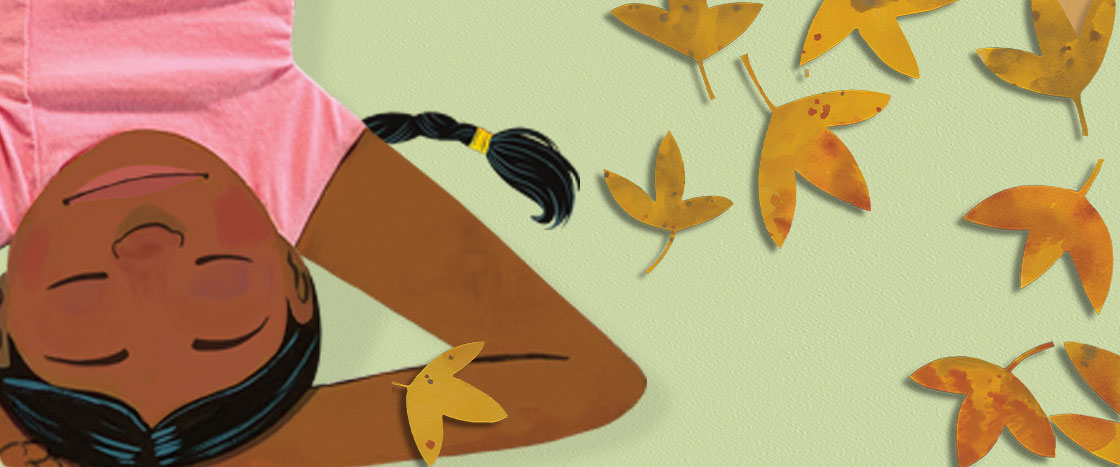I am a song
longing to be sung
I am the shine
belonging to the sun
I am the sweetness
in the breeze
I am the roots of
the big oak tree
I am the fish
swimming in the sea
Results of ancestors’
prayers to be free

A joyful poem about affirming and embracing who you are
Learning Objective: Students will understand a poem’s various metaphors that express the speaker’s joy, confidence, and freedom.
I Am
I am a song
longing to be sung
I am the shine
belonging to the sun
I am the sweetness
in the breeze
I am the roots of
the big oak tree
I am the fish
swimming in the sea
Results of ancestors’
prayers to be free
This poem was originally published in the February 2022 issue.
1. Preparing to Read
2. Reading the Poem
3. Discussing the Poem
4. Skill Building
Distribute or assign the Poetry Kit, which will include the above discussion questions and prompts for students to write their own poems using metaphors about themselves. It is available to print or as an interactive slide deck that students can complete digitally.
5. Collaboration Station
Have students work in groups to write a collaborative “I Am” poem. Instruct each person to contribute one stanza starting with “I am” and including a metaphor about themselves. They can give each other feedback, then put the stanzas together into a poem, adding a final stanza to wrap it up. Finally, each group can choose a member to read its poem to the class.
If students enjoyed this poem, check out the book it came from: Just Like Me by Vanessa Brantley-Newton. You’ll find more joyful and affirming poems to share with students!
Are you looking for more poems to introduce students to metaphors? Try “Reward” by Nikki Grimes or “A Circle of Sun” by Rebecca Kai Dotlich.